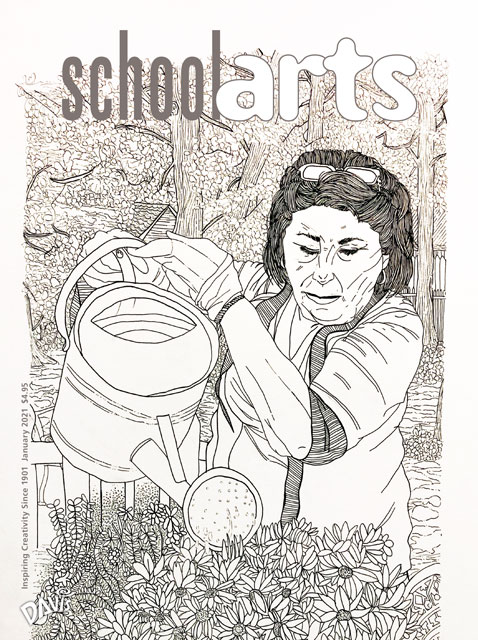
Compassion
Art teachers share lessons that encourage empathy, honor kindness, and inspire positive change. Students participate in a series of activities to imagine a brighter future for a blighted neighborhood; design posters to foster awareness of timely issues; create art to celebrate black artists, activists, and changemakers; sketch and color personalized mandalas during a mindfulness activity; and more.
Browse This Issue
.jpg)
